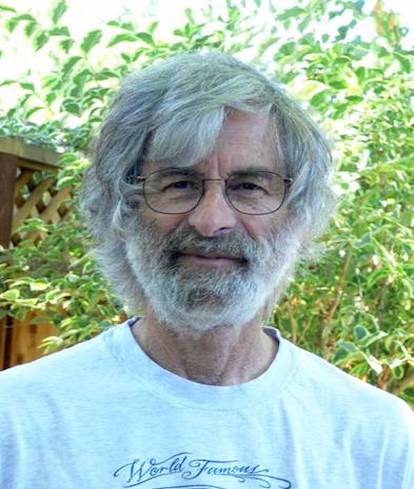Chapter 1 What is LaTeX?
LaTeX is a document preparation system for high-quality typesetting. (Tex 2023) It is part of a mature and established toolchain that has been around since 1980’s. (Knuth 1984) Originally written by Leslie Lamport, a computer scientist now working at Microsoft Research, its development has long been taken over by the open-source LaTeX community around the world. LaTeX is actually built on top of another system called TeX, a computer typesetting system designed by another influential Computer Scientist, Donald Knuth of Stanford University. Lamport and Knuth are shown in Figure 1.1.


Figure 1.1: Turing award winners Leslie Lamport and Donald Knuth created TeX and LaTeX during the 1980’s. Lamport portrait by Leslie Lamport, GFDL via Wikimedia Commons w.wiki/3Daz, Knuth portrait by Jacob Appelbaum CC BY-SA via Wikimedia Commons w.wiki/3Day. Is Donald Knuth the The Yoda of Silicon Valley? (Roberts 2018)
LaTeX is typically used for technical documents but it can be used for almost any form of publishing, including writing CVs, letters, books, posters, presentations and much more. Whatever you create with LaTeX, one of its key strengths is making documents look professional in portable document format (pdf) using industrial-strength typesetting.
1.1 LaTeX is NOT a word processor
By itself, LaTeX is not a word processor! Instead, LaTeX encourages you to concentrate on the content of your documents, while it takes care of the details of its presentation. This is similar to the approach you’ve been using for creating web pages in COMP1010 where the style (in your cascading style-sheet: *.css) should be cleanly separated from the raw content (in your *.html). This is a classic abstraction technique in computing by separation of concerns (SoC). If you’re reading this page in a web browser, view the source of this page latex.html as an example, the html only describes the content and says very little about its presentation, that is described separately in the cascading style sheet.
LaTeX is not a what you see is what you get (WYSIWYG) system either. The raw document you edit (a *.tex file input) is not your final result (usually a *.pdf file output). LaTeX doesn’t even come with a spell-checker, though there are many plug-ins you can use for that, they are not built in.
1.2 So what is LaTeX then?
LaTeX is a professional typesetting software system. It can produce documents with a much higher standard of typography than your average Word processor is capable of. It also has some useful features to help you write scientific and technical documentation, as we will see.
The best way to understand LaTeX is to create some simple documents which we’ll do in the next chapter.